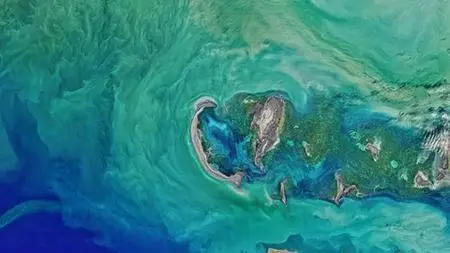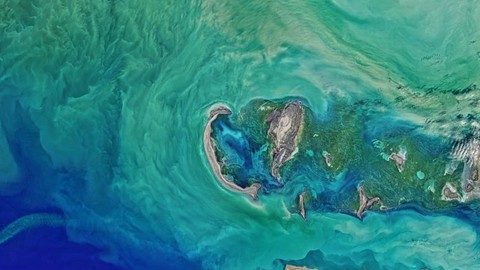Building Big Data Pipelines With Sparkr & Powerbi & Mongodb
Last updated 7/2020
MP4 | Video: h264, 1280x720 | Audio: AAC, 44.1 KHz
Language: English | Size: 1.29 GB | Duration: 3h 22m
Last updated 7/2020
MP4 | Video: h264, 1280x720 | Audio: AAC, 44.1 KHz
Language: English | Size: 1.29 GB | Duration: 3h 22m
RSpark and MongoDB for Big Data Processing and Predictive Modeling including Visualization with PowerBI Desktop
What you'll learn
SparkR Programming
Big Data Tools for R
Power BI Data Visualization
Data Analysis
Big Data Machine Learning
Geo Mapping with Power BI
Geospatial Machine Learning
Building Dashboards
Requirements
Basic Understanding of R Programming
Little or no understanding of GIS
Basic understanding of Programming concepts
Basic understanding of Data
Basic understanding of what Machine Learning is
Description
Welcome to the Building Big Data Pipelines with SparkR & PowerBI & MongoDB course. In this course we will be creating a big data analytics solution using big data technologies for R.In our use case we will be working with raw earthquake data and we will be applying big data processing techniques to extract transform and load the data into usable datasets. Once we have processed and cleaned the data, we will use it as a data source for building predictive analytics and visualizations.Power BI Desktop is a powerful data visualization tool that lets you build advanced queries, models and reports. With Power BI Desktop, you can connect to multiple data sources and combine them into a data model. This data model lets you build visuals, and dashboards that you can share as reports with other people in your organization.SparkR is an R package that provides a light-weight frontend to use Apache Spark from R. SparkR provides a distributed data frame implementation that supports operations like selection, filtering, aggregation etc. (similar to R data frames, dplyr) but on large datasets. SparkR also supports distributed machine learning using MLlib.MongoDB is a document-oriented NoSQL database, used for high volume data storage. It stores data in JSON like format called documents, and does not use row/column tables. The document model maps to the objects in your application code, making the data easy to work with.You will learn how to create big data processing pipelines using R and MongoDBYou will learn machine learning with geospatial data using the SparkR and the MLlib libraryYou will learn data analysis using SparkR, R and PowerBIYou will learn how to manipulate, clean and transform data using Spark dataframesYou will learn how to create Geo Maps in PowerBI DesktopYou will also learn how to create dashboards in PowerBI Desktop
Overview
Section 1: Introduction
Lecture 1 Introduction
Section 2: Setup and Installations
Lecture 2 R Installation
Lecture 3 Installing Apache Spark
Lecture 4 Installing Java (Optional)
Lecture 5 Testing Apache Spark Installation
Lecture 6 Installing MongoDB
Lecture 7 Installing NoSQL Booster for MongoDB
Lecture 8 Installing SparkR
Lecture 9 Configuring SparkR
Section 3: Building the Big Data ETL Pipeline with SparkR
Lecture 10 Data Extraction
Lecture 11 Data Transformation 1
Lecture 12 Data Transformation 2
Lecture 13 Data Exporting
Section 4: Big Data Machine Learning with SparkR and MLlib
Lecture 14 Data Pre-processing
Lecture 15 Building the Predictive Model
Lecture 16 Creating the Prediction Dataset
Section 5: Data Visualization with Power BI
Lecture 17 Installing Power BI Desktop
Lecture 18 Installing MongoDB ODBC Drivers
Lecture 19 Creating a System DSN for MongoDB
Lecture 20 Loading the Data Sources
Lecture 21 Creating a Geo Map
Lecture 22 Creating a Donut Chart
Lecture 23 Creating a Area Chart
Lecture 24 Creating a Stacked Bar Chart
Section 6: Project Source Code
Lecture 25 Source Code
R Developers at any level,Data Engineers at any level,Developers at any level,Machine Learning engineers at any level,Data Scientists at any level,GIS Developers at any level,The curious mind



